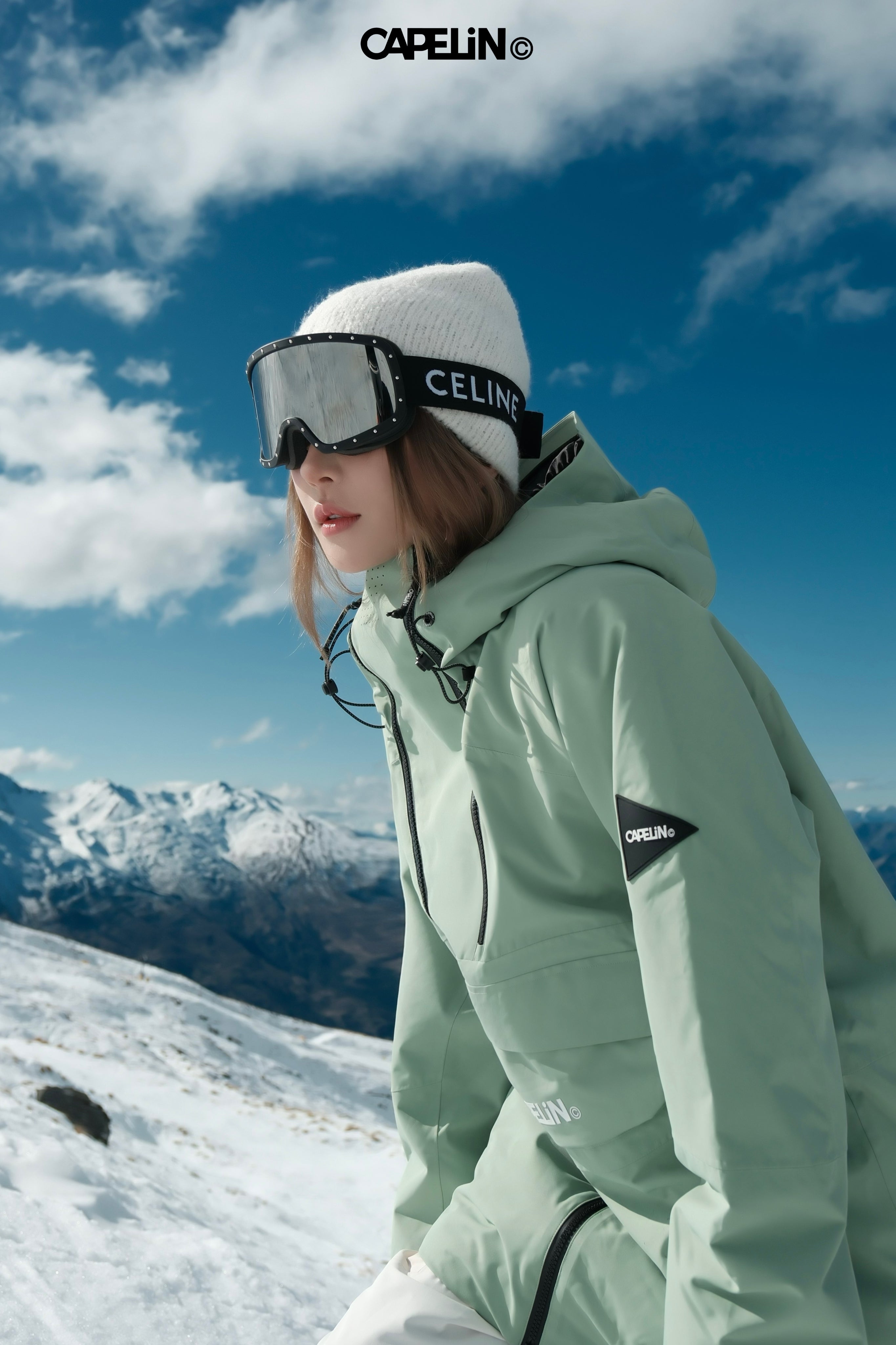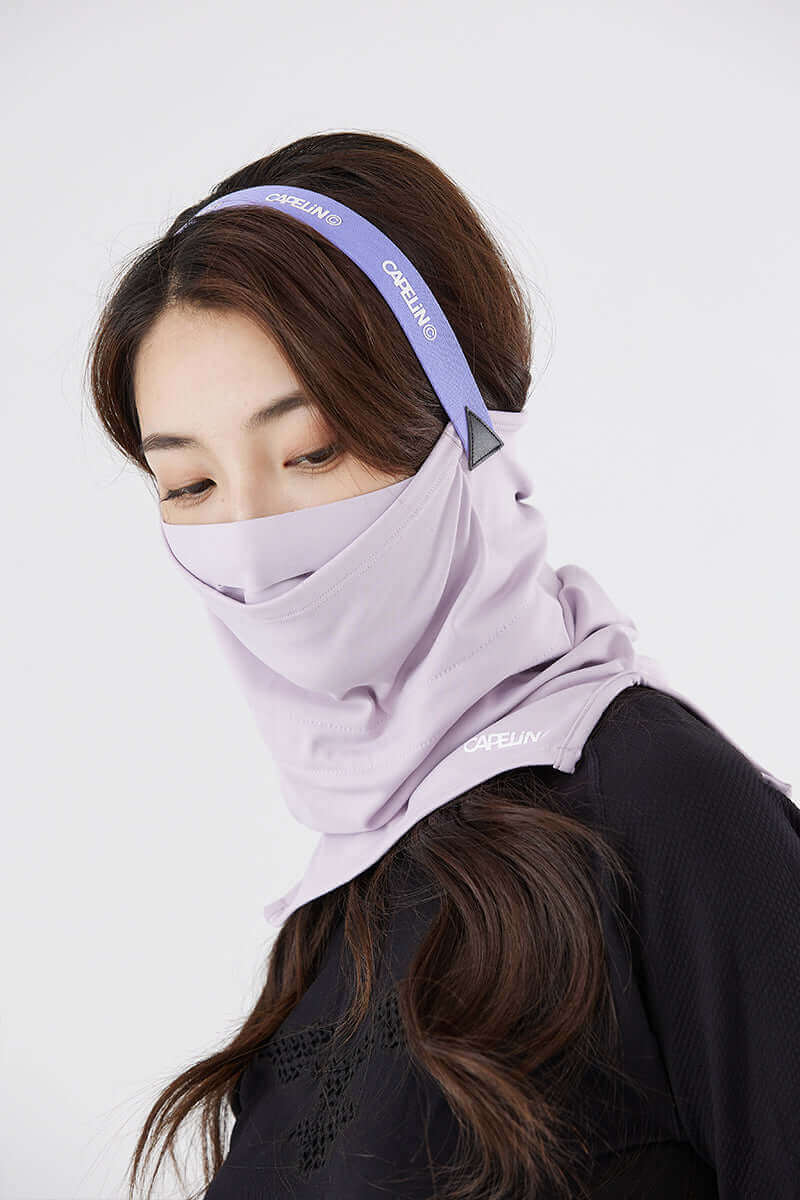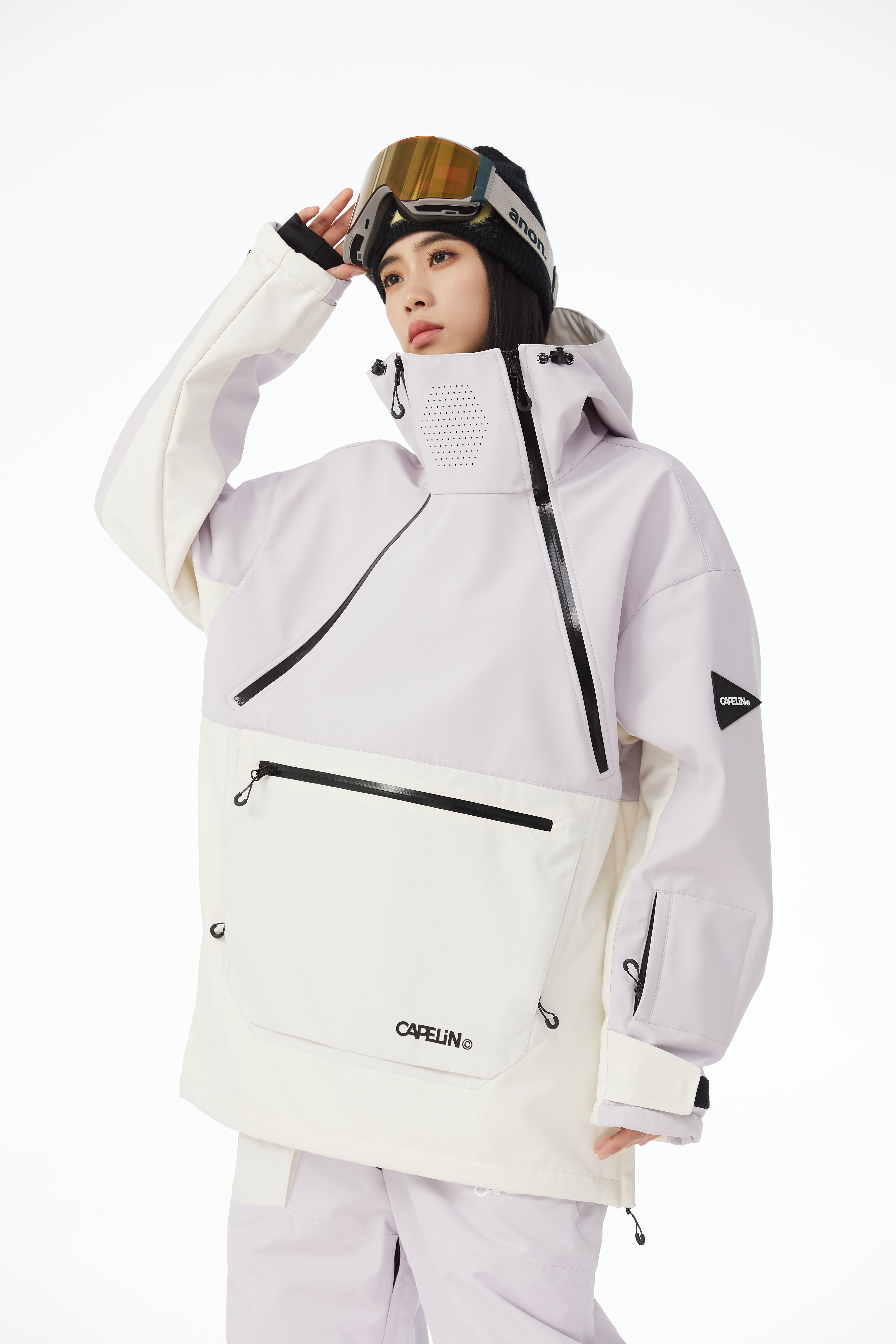スキーを楽しむ熱心な愛好家として、私はアウターウェア選びが山での体験を左右することを学びました。どちらのジャケットも保温性と保護性という目的を果たしつつ、それぞれのスポーツ特有のニーズにも応えています。
スノーボードジャケット 特徴 ゆったりとした長めのフィット感 雪の上に座っているときに、よりよくカバーし、保護します。 対照的に、スキージャケットは より洗練された、よりテーラードカット スキー中の空気力学とスピードを向上させるためです。 この記事では、スノーボード ジャケットとスキー ジャケットの主な違いについて説明します。
フィット感とスタイル
スキージャケット:流線型で仕立てられたデザイン
スキージャケットは空気力学を考慮して設計されており、過度の空気抵抗に邪魔されることなく、スピードとコントロールを維持できます。しかし、スピードだけでなく、機動性も同様に重要です。これらのジャケットは、あらゆる動きに対応するテーラーメイドフィットを採用しており、ゲレンデを滑走する際に、ひねったり、ターンしたり、曲げたりといった動きを可能にします。
スノーボードジャケット:ゆったりとしたサイズ感
スノーボードでは、動きやすさが何よりも重要です。そのため、スノーボードジャケットはゆったりとしたゆったりとしたフィット感で、より広い可動域を確保しています。ゲレンデでトリックやスタイルを試すのが好きな私にとって、これらのジャケットがもたらす自由さは大きな魅力です。
スノーボードジャケットは機能性だけでなく、このスポーツの持つリラックスした表現力豊かな文化も反映しています。スノーボードは常にリラックスしたクリエイティブな雰囲気と結び付けられており、このジャケットのゆったりとしたフィット感はまさにその精神を体現しています。
長さ
スキージャケット:短め、ヒップの真ん中丈
スキージャケットの特徴の一つは、丈が短いことです。通常、ヒップの真ん中あたりまで届く丈です。このデザインは意図的なものです。動きやすさを向上させ、激しいスキー動作の際にジャケットが邪魔にならないようにするためです。
スノーボードジャケット:長めの太もも丈
スキージャケットとは対照的に、スノーボードジャケットは長めの丈で、太もも上部まで届くものが多いです。このデザインは、ライダーが雪上で長時間座ったり膝をついたりして過ごすスノーボード特有のニーズに応えるものです。
ポケットの配置
スキージャケットのポケット:胸と腕の高い位置
ポケットの配置に関しては、スキージャケットは利便性とアクセスしやすさを考慮して設計されています。多くのスキージャケットのポケットは、スキーポールを持ちながら簡単にアクセスできるよう、胸と腕の高い位置に戦略的に配置されています。
スノーボードジャケットのポケット:胴体の下部
一方、スノーボードジャケットのポケットは、胴体の下の方、腰に近い位置に配置されていることが多いです。この配置は、スノーボーダーが頻繁に取る座ったり膝をついたりの姿勢に合わせて設計されています。
ベルトを締めたり、バインディングを調整したり、あるいは単に休憩したりするなど、かなりの時間を地上で過ごす私にとって、この下部ポケットの使いやすさは重宝しています。体を曲げたり腕に負担をかけたりすることなく、スナックや携帯電話、その他の必需品を簡単に取り出せます。
スノーボード ジャケットのポケットの配置が考え抜かれているため、スポーツの全体的な快適性と利便性が格段に向上し、山でのあらゆる困難に備えてエネルギーや水分を補給しやすくなります。
絶縁
スキージャケット:保温性を高めたジャケット
スキー場で一日中楽しむには、暖かく過ごすことが不可欠だと、経験を重ねるうちに学びました。スキージャケットは、この地特有の凍えるような寒さと肌寒い風に耐えられるよう、十分な断熱性を備えています。信じてください、数時間チェアリフトに乗り、露出した尾根を滑走した後は、その暖かさの恩恵を実感するはずです。
スノーボードジャケット:通気性を重視して断熱材を控えめに
スキーとは対照的に、スノーボードはより激しい運動や動きを伴うことが多いため、スノーボードジャケットは保温性よりも通気性を優先し、断熱性が低くなる傾向があります。
フードデザイン
スキージャケットフード:ヘルメット対応
スキージャケットの特徴の一つは、ヘルメット対応のフードデザインです。スキーヤーにとって、安全上の理由からヘルメットの着用は必須であり、ヘルメットに対応できるフードは必須です。
スノーボードジャケットのフード:必ずしもヘルメット対応ではない
スノーボードではヘルメットの使用も一般的ですが、スノーボードジャケットのフードデザインは必ずしもヘルメットとの互換性を考慮して最適化されているわけではありません。これは、スノーボーダーの中にはヘルメットを着用せずに滑る人もいるため、スノーボードジャケットはゆったりとしたゆったりとしたフィット感で、こうした好みに対応していることが多いからです。
増援
スノーボードジャケット:追加のパッドと補強
スノーボード特有の課題の一つは、特に新しいトリックを習得したり、難しい地形を走ったりする際に、転倒や衝撃の頻度が高いことです。この問題に対処するため、多くのスノーボードジャケットでは、肘、肩、背中などの重要な部分にパッドや補強が加えられています。
山で何度も転倒した経験を持つ私としては、この補強パーツの価値は十分に理解できます。保護力をさらに高めてくれるだけでなく、重傷を恐れることなく限界に挑戦できる自信を与えてくれます。
スキージャケット:補強の必要性が少ない
スキーでは転倒は珍しくありませんが、スポーツの性質上、スノーボードに比べて衝撃の大きい事故は一般的に少ないです。そのため、スキージャケットには大掛かりな補強やパッドはそれほど必要ありません。
とはいえ、多くのスキージャケットメーカーは、肩や肘など摩耗しやすい部分に補強を施し、耐久性と耐摩耗性を向上させています。しかし、頻繁な衝撃に対するクッション性よりも、保温性、耐候性、可動性の向上に重点を置いています。
VIII. 結論
スキー ジャケットとスノーボード ジャケットはどちらも、山で体を暖かく保護するという共通の目的を持っていますが、冬のアクティビティに適したジャケットを選ぶことが重要です。
ぜひ時間をかけて様々な選択肢を吟味し、様々なスタイルを試着してみてください。経験豊富なアウトドア愛好家や知識豊富な販売員に遠慮なくアドバイスを求めてください。完璧なジャケットを身にまとえば、自信とスタイル、そして比類なき楽しみをもって、ゲレンデを制覇する準備は万端です。












